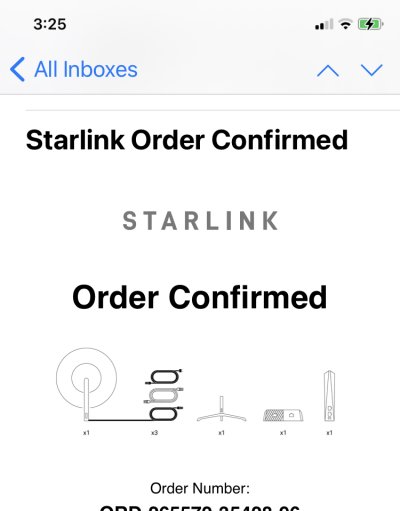Alaskan Sea-Duction
Guru
- Joined
- Jul 6, 2012
- Messages
- 8,058
- Location
- USA
- Vessel Name
- Alaskan Sea-Duction
- Vessel Make
- 1988 M/Y Camargue YachtFisher
This would be cool for boats!!
https://www.theverge.com/2021/3/8/2...leRb6vQ56mS9u4XXYCy25JMgR6u_3yAKGA7APMnzRm-tA
https://www.theverge.com/2021/3/8/2...leRb6vQ56mS9u4XXYCy25JMgR6u_3yAKGA7APMnzRm-tA


